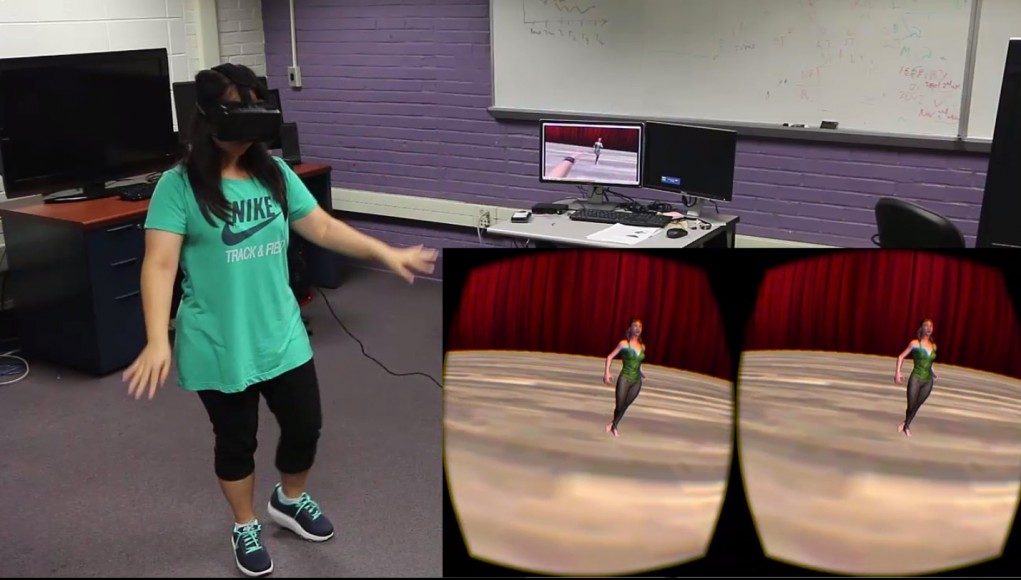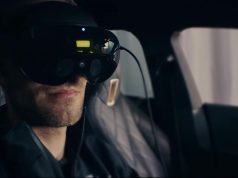During the Enlightenment, René Descartes declared that the mind and body were split and that we should think about them as separate dualistic entities. But more and more evidence is pointing to the fact that our bodies are much more involved in cognitive processes than we ever thought before. One of the most interesting theories along these lines is called “embodied cognition,” which asserts that we learn about the world by manipulating and interacting with it through our body and all of our senses and that the context turns out to be an extremely important part of learning as well.
LISTEN TO THE VOICES OF VR PODCAST
Audio PlayerI went to an Embodied Learning educational workshop at the IEEE VR academic conference in March where “embodied cognition” was the hottest buzzword throughout the entire day. I had a chance to meet and talk with Clemson education student Nikeetha D’Souza who worked on an interdisciplanary team where they used dance to teach middle school girls concepts of computational thinking.
They used a visual scripting program called “Virtual Environment Interactions”, which is abbreviated as VEnvI. Students could choreograph a dance routine by using the visual scripting language to do move sequences, conditionals, and repeating loops. This would control a virtual avatar who would be executing the dance. And then they would go into a virtual environment and then dance with the digital avatar.
They wrote up their results in a paper titled “Programming moves: Design and evaluation of applying embodied interaction in virtual environments to enhance computational thinking in middle school students.” They found that “students enjoyed the experience and successfully engaged the virtual character in the immersive embodied interaction, thus exhibiting high telepresence and social presence. Students also showed increased interest and excitement regarding the computing field at the end of their summer camp experience using VEnvI.”
For more information on Embodiment Theory and Embodied Cognition, then be sure to check out my previous interviews with Saadia Khan and Chris North
Homework for Immersive Analytics: Read Margaret Wilson's "Six Views of Embodied Cognition."https://t.co/1kQffI3Y2Z pic.twitter.com/kbXzS7QLKK
— KentBye Voices of VR (@kentbye) March 20, 2016
Unity plug-ins like Infinite Gesture will enable the next generation of embodied cognition applications:
OMG! VR INFINITE GESTURE @UNITY3D PLUGIN LOOKS AMAZING!!!
Uses #MachineLearning by @edwonia: https://t.co/nWF7ZlAwYF pic.twitter.com/pXmJSk6tyM— KentBye Voices of VR (@kentbye) July 1, 2016
Support Voices of VR
- Subscribe on iTunes
- Donate to the Voices of VR Podcast Patreon
Music: Fatality & Summer Trip










